Between April 8th and May 13th, 1944 the fate of British troops in Burma was being decided over a small asphalt tennis court. This court lay on what was once a calm and scenic plateau, overlooking the District Commissioner of Naga Hills’ bungalow. But in the spring of 1944 the entire region exploded into battle.
The British, Indian and American troops in Burma and Eastern India had been steadily pushed back by the advancing Imperial Japanese Army, who had their eyes set on advancing into India itself. On the 4th of April, they launched a massive attack against the British positions on the Kohima Ridge. This ridge was barely a mile long, and only a few hundred yards deep. Despite its high slopes, the Japanese attacked in force, pushing the British into defensive positions as they laid siege. By the 6th, the British had lost access to their water supplies in the south and were desperately trying to hold on to what positions they left.
The District Commissioner’s Bungalow sat at the northern end of the British defensive line and was first attacked on the 8th of April. The Japanese suffered heavy losses but kept pressing forward. Finally, despite the best efforts of the British troops they broke through the line. Under covering fire from a BREN gun, the British troops were able to retreat to the highest point in the compound, the tennis court. The Battle of the Tennis Court had begun.
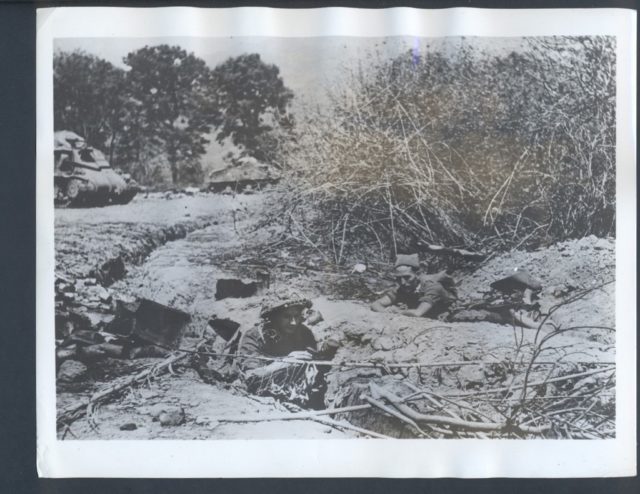
Even on this first day, the fighting was incredibly gruesome. The Japanese refused to stop their onslaught, and likewise the British refused to stop their defense. One British soldier from the Royal West Kent Regiment took cover in a trench, only to find it almost immediately overrun by Japanese troops, pushing him to the ground. He was pressed into both the mud, and his dead comrades around him while his enemies stood on top of him, and piled ammunition about him. Under the cover of darkness, he managed to escape across the small strip of land between the two sides. Once back in the British lines, he took up the fight and helped to continue the British defense.
Only yards away from one another the two sides kept up a constant barrage of fire. Between Easter Sunday, April 9th and April 10th, the Japanese launched infantry attacks almost every 30 minutes. The Japanese General Sato knew that his troops would soon have their supplies cut off by the monsoon rains. His men needed to achieve victory and secure a strong defense as soon as possible. The British, likewise, knew that they only had to hold out for a matter of weeks before they would be saved by the monsoons.
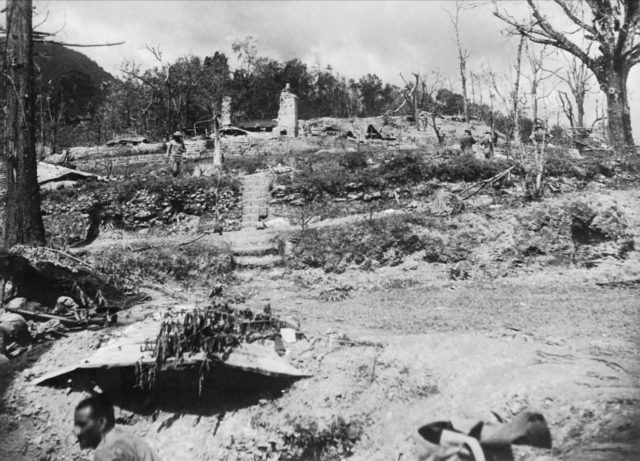
But this intense fighting took a toll on the British troops. A Company, of the 4th Battalion Royal West Kents, had been dug in behind the tennis court for three days. Their casualty count was high and their ammunition low. Stretcher bearers would sneak forward at night to pull wounded soldiers out of forward positions. But even after being saved, and taken to the field hospital, the men weren’t out of combat.
One of the greatest horrors of Kohima was that the British wounded had to be treated in clear view of Japanese positions. They had dug a deep trench for use as a hospital, from which the British troops could see the Japanese mortar teams firing on them and their comrades.
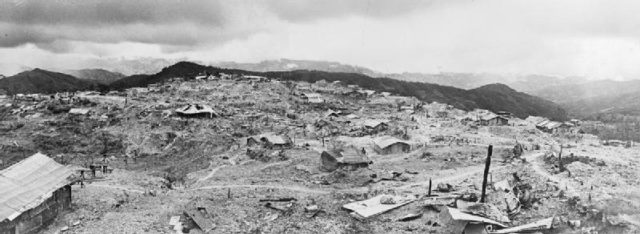
There was no good way to relieve the lack of ammunition for the British troops. But something had to be done, and one Sergeant from the Royal West Kents took up the job. On multiple occasions, he ran to the forward fighting positions carrying as much ammunition as he could. After it was distributed among the men, he would then sprint back to the supply depot. He repeated this for during much of the fighting on the ridge and under constant artillery and rifle fire from the Japanese.
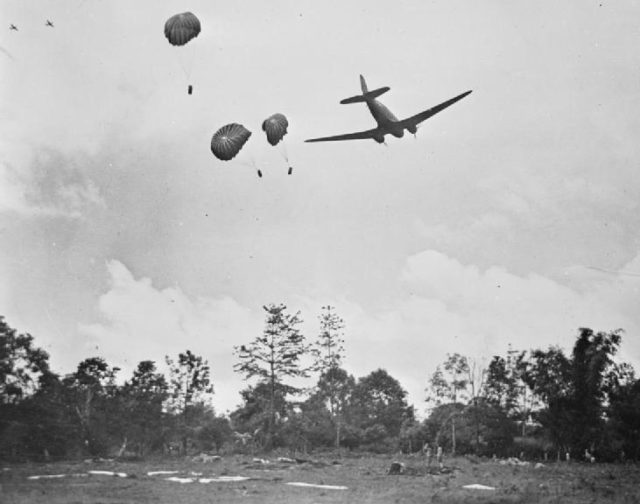
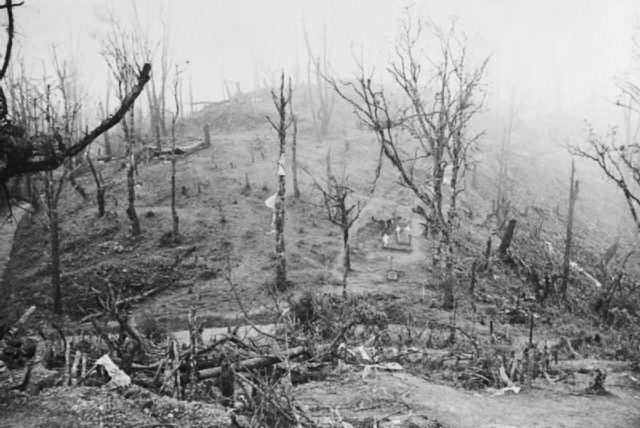
By the 13th, A company was relieved by B Company, with fresher troops and ammunition. But when they got into position by the court they realized how terrifying the battle had become. The Japanese troops had pushed to one side of the court, with British troops slightly up the hill on the other side.
As rifle ammunition became scarce, something very strange happened. Men started throwing grenades from one line into the other. Troops there that day described it as almost a snowball fight, but with small deadly explosives. Men would toss a grenade, and duck. If a grenade came into their own trench, they would either try to throw it back or run for cover, a difficult task in a small slit trench.
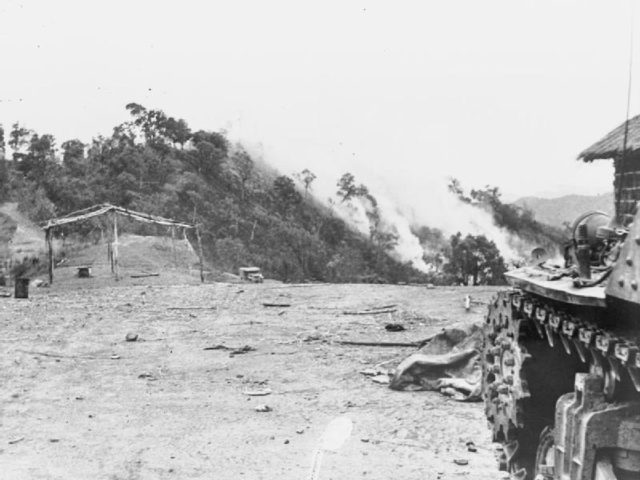
But the British artillery had picked up the fight against the Japanese, and on the 14th and 15th, no attacks came, much to the surprise of the British troops there. But this brief respite wouldn’t last and on the 17th the Japanese launched their final assault of the battle. They took the British Field Supply Depot, and Kuki Piquet, both on hills just south of the tennis court and bungalow. The Allied forces were now trapped in the northeastern section of the Kohima ridge.
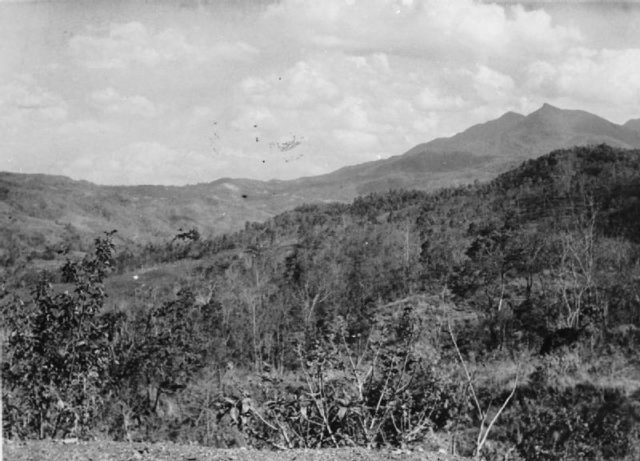
But the Japanese gains wouldn’t last. The British responded with Artillery and forced them back with the help of a relief column from the 2nd Division, which had been fighting through the jungle to reach Kohima. The tide had turned, and the British started pushing back. But at the tennis court, the Japanese were holding out.
An Indian unit, the 1st Battalion of the 1st Punjab Regiment, had taken up where the Royal West Kents left off. Arriving at the trenches on the 18th, they were almost immediately met with a grenade match, like the one on the 13th. Again the tennis court saw some of the toughest action of the entire battle. One man, Jemadar Mohammed Rafiq, earned a Military Cross while there. He had lost all three of his section commanders and organized a rifle section from the remnants. He then led a charge, killing 16 Japanese troops and taking their forward trenches.
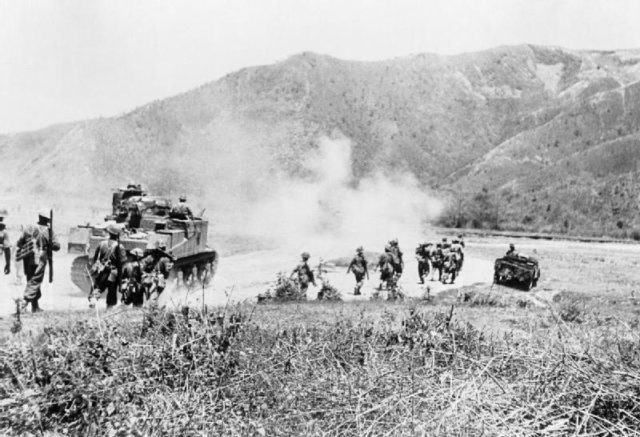
But this small advance didn’t last. The British and Indian troops at the tennis court were pushed back between the 18th and the 24th. By the 24th they had been replaced by D Company, Berkshire regiment. Over the next three weeks, the intense fighting for this small strip of land continued.
The Japanese picked up their constant attacks, despite high casualties. The British couldn’t advance forward, or move during the day due to snipers. Finally, they were able to bring up Lee Grants Tanks, pulling, pushing, and driving them up the steep slopes until they were in position. The tanks started pushing forward, firing almost point blank range into the Japanese defenses. On May 10th, the tennis court was cleared, and by the 13th, the bungalow as well.
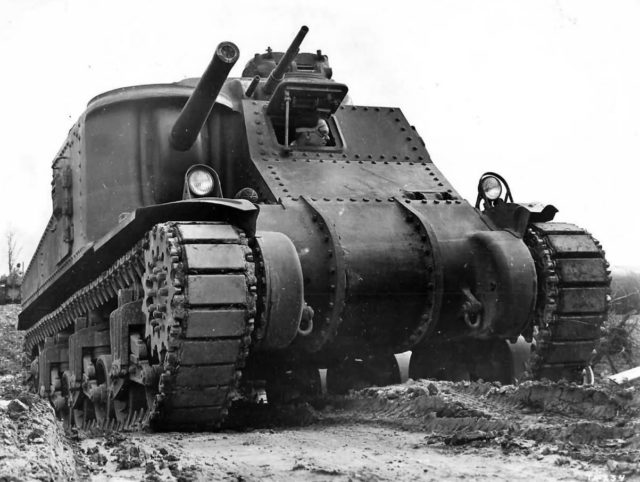
War is always absurd. But within it, there have always been even stranger moments. The Battle of the Tennis Court saw some of the hardest fightings of the entire Burma Campaign, with men only yards from one another.
This infantry battle, fought in what was once a serene jungle resort saw over 4.600 British casualties, and 5,700 Japanese. Neither side was willing to give in, and the combined British and Indian defense there came to symbolize the British Empire’s refusal to give in to Japanese aggression. They held their ground for over a month, against constant infantry attacks, grenades, shelling, and lack of supplies.
